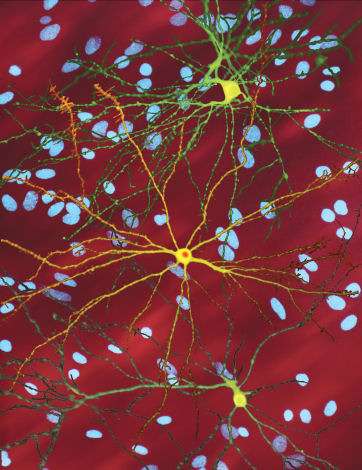Nanoplastics Exposure May Accelerate Alzheimer's Spread to Other Organs

Emerging research suggests that nanoplastics may accelerate Alzheimer's disease progression and facilitate its spread to vital organs, highlighting significant health risks from environmental plastic exposure.
Recent preclinical research indicates that exposure to nanoplastics, especially polystyrene particles, can significantly contribute to the rapid progression of Alzheimer's disease and facilitate its spread beyond the brain to vital organs such as the liver, heart, and gut. The study, published in the journal Environment & Health, was a collaborative effort between Monash University and South China University of Technology. It focused on how environmental levels of nanoplastic exposure influence Alzheimer’s development, revealing that such particles can traverse the body through the gut-liver-brain axis.
In experiments involving mice, researchers observed that nanoplastics induce neuroinflammation by activating microglia, the brain's primary immune cells. This immune response damages neural tissue and promotes neurodegeneration. Moreover, the consequences extend systemically, impacting organ health by promoting fatty liver disease, disrupting the gut microbiota, and causing metabolic imbalances.
Humans are continually exposed to plastics via inhalation, skin contact, and ingestion of contaminated food and water. Microplastic particles have been detected in human lungs, bloodstream, and recently, in brain tissue. This study is the first to demonstrate how swiftly nanoplastics can migrate from the brain to other parts of the body.
Lead researcher Professor Pu Chun Ke from Monash University highlighted that these findings bolster the growing evidence that nanoplastics pose a hidden threat to human health. He explained that nanoplastics can trigger a chain reaction through the gut-liver-brain communication network, leading to the development and systemic spread of Alzheimer’s disease. The research emphasizes the urgent need to understand the broader health implications of nanoplastic exposure and to evaluate the effects of different nanoplastic types.
Professor Ke pointed out that while this study focused on polystyrene nanoplastics, future investigations should explore whether other nanoplastic variants have similar or distinct neurotoxic effects. This insight is vital for comprehensive risk assessments and developing preventive strategies against environment-induced neurological disorders.
Professor Ke’s research journey began with pioneering work in 2010 on how nanoplastics impair algal photosynthesis. Since then, he has expanded his focus to the role of nanoplastics in contributing to various health issues, including Parkinson’s disease and vascular damage, highlighting the critical need to address plastic pollution’s health consequences.
Stay Updated with Mia's Feed
Get the latest health & wellness insights delivered straight to your inbox.
Related Articles
Promising Advances in Gene Therapy Offer New Hope for Huntington's Disease Patients
A new gene therapy trial shows promising results in slowing Huntington's disease progression, offering hope for affected families worldwide.
Wisconsin Reports First Human West Nile Virus Case of 2025
Wisconsin has reported its first human case of West Nile virus in 2025. Health officials warn of increased mosquito activity and emphasize preventive measures to reduce infection risk. Stay informed and protect yourself today.
New Biomarkers May Predict Failure of Treatment in Metastatic Prostate Cancer
Blood-based biomarkers such as platelets, CRP, and chromogranin A may help predict treatment failure in metastatic prostate cancer, enabling personalized therapeutic strategies.



